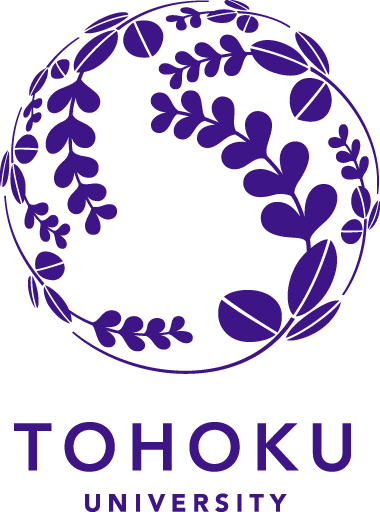The Concept
15th International Asian Society Against Dementia Congress
Kenichi Meguro, MD, PhD
Congress President
It is my belief that an academic conference should not be like a “firework” that is ephemeral and has no long-term impact, nor does it represent an elegant travel opportunity for the “higher-ups.” Since there are so many international conferences, ASAD is better positioned to take advantage of Asian features, not merely becoming a mini-international conference or just a regional conference.
As everyone might know, Asia has a heterogeneous cultural or religious background as illustrated in Figure 1.
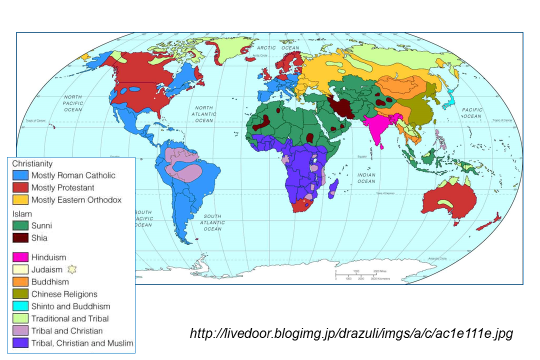
Figure 1. How the world looks like if countries divided by religion
While scientific methodology and outcomes should be universal (i.e., science), cultural or religious backgrounds are very important for human behavior, on top of the primary brain-behavioral relationships. This integrated approach is thought to be necessary to understand better dementia patients in providing person-centered care and an essential characteristic of human beings in solving many global problems. With some ASAD Executive Committee members, I have been discussing the following issues which are very impressive.
For example,
Part I. The five issues being discussed
A. Importance of Observational Method, such as CDR
- ASAD has developed from a pre-ASAD conference, IWGH.
- We set the Clinical Dementia Rating (CDR) 0.5 stage for the domain of Personal Care.
- The Asian perspective of personal care might be more sophisticated in very mild stage dementia comparing to Western culture.
- An international comparison of very mild stage dementia might be an interesting topic.
As a keynote lecture of ASAD2021, we invite Professor John Morris, a developer of CDR, to lecture on the importance of CDR as an observational method.
B. Behavioral Neurology for Language and Memory
- While multilingualism may be protective against the onset of dementia, it may easily lead to delusion (humans think by language) after the onset of dementia.
- There are various religious beliefs in Asia, which must influence the type of delusion.
- Case reports from different countries with different religions would appear to be interesting.
We will present data and case reports on multilingual dementia patients, mainly in Taiwan, where I have been exchanging continuingly.
C. Non-pharmacological Intervention
- To maintain better QOL of the dementia patients, a traditional non-pharmacological intervention would be considered positively.
- It may be necessary to reconsider such traditional medicine not just as an alternative medicine subsidiary to Western medicine but as the medicine based on neuroscience.
We plan to demonstrate art therapies such as flower arrangements and exercises such as yoga and tai chi. It is indispensable to discuss the experience in the field where practice these non-pharmacological therapies. We will visit typical Japanese group homes, long-term care facilities, and nursing homes based on the long-term care insurance system.
D. Neuroethics for Dementia Care
- At the ASAD Kumamoto Convention, we discussed that the ethical issues of dementia care differ depending on the cultural background.
- The concepts of Long-Term Care Insurance are quite distinct for Korean and Japanese, despite any apparent similarities.
- There is further discussion expected on the basic concept of the Hippocrates oath and informed consent.
We need to discuss the issue of long-term care insurance and the caregiver’s burden, referring to ethical issues, to continue the discussion started at the Kumamoto Conference.
E. Matching of Modern Technology with Older People
- Modern technology is not always beneficial to older people.
- The use of induction heating (IH) is usually recommended for older people who have a concern about the carelessness of fire. However, most of them have difficulty handling IH.
- There is a similar issue in car accidents.
- Modern technology might have a fundamental mismatch with human capabilities.
- It must be a time to take the next step toward the ideal technology for the future.
I intend to publish multiple case reports and clinical data showing the mismatch between humans and modern technology as one of the project leaders of the New Industry Creation Hatchery Center (NICHe) at Tohoku University.
We also have a driving simulator for you to experience. (Figure 2)
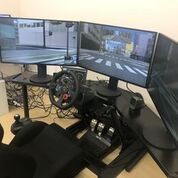
Figure 2. A driving simulator used in the clinic
Part II. Japan, Taiwan, and South East Asia: A Natural Community with a Common Destiny
Japan, Taiwan, and South East Asian countries face the same disasters because of the tectonic plates, as illustrated in Figure 3. One student from Indonesia told me that the Indonesian government faces difficulties in preparing for disaster with a unified language. Indeed, more than 700 regional languages are spoken in Indonesia's numerous islands; disasters do not select a language. However, I am certain that there are some lessons from their history that have not been recorded by popular language. We should establish a network based not only on local culture and language, but also a global proposal based on a common language.
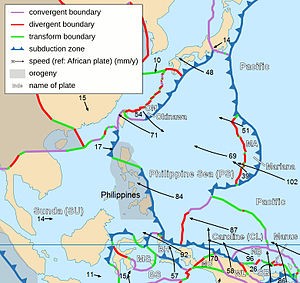
Figure 3. Japan, Taiwan, and South East Asia: A natural community with a common destiny. Philippine Plate map
F. Behavioral Neurology and Disaster Medicine
- Current disaster medicine focuses on environmental issues, assuming that brain functions normally even in an emergency and, thus, the judgment and behavior of the brain are the same as normal.
- Similarly, dementia care does not properly address the issue of dementia as a determinant of human behavior during a disaster.
We are planning a collaborative symposium with International Research Institute for Disaster Science (IRIDeS), intending to integrate disaster medicine based on neuroscience and dementia medicine related to disasters. As a memorial to the victims of the Great East Japan Earthquake, we plan to visit the remains of the earthquake together with everyone.
The year 2021 is the 10th anniversary of the Great East Japan Earthquake 2011. As an academic challenge against the big disaster, my university has founded the International Research Institute for Disaster Science (IRIDeS), where I hold a Human Security Graduate Students Course for Asian graduate students, especially for those from Indonesia. Two textbooks are used for the course
(Figure 4).
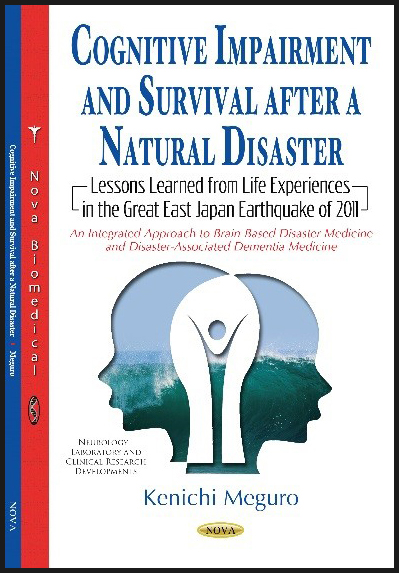
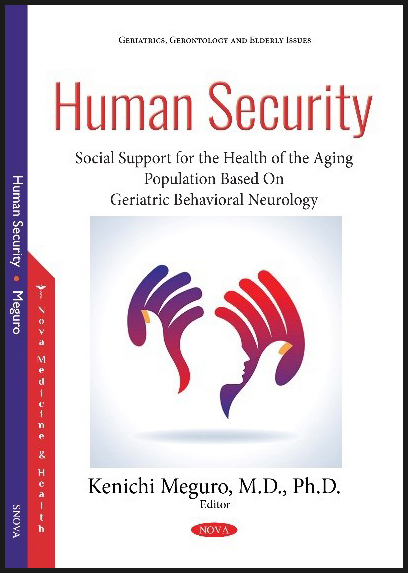
Figure 4. Two textbooks used for the Human Security Course
Sponsored by
Geriatric Behavioral Neurology Project, New Industry Creation Hatchery Center (NICHe),
Tohoku University
Supported by
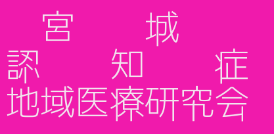
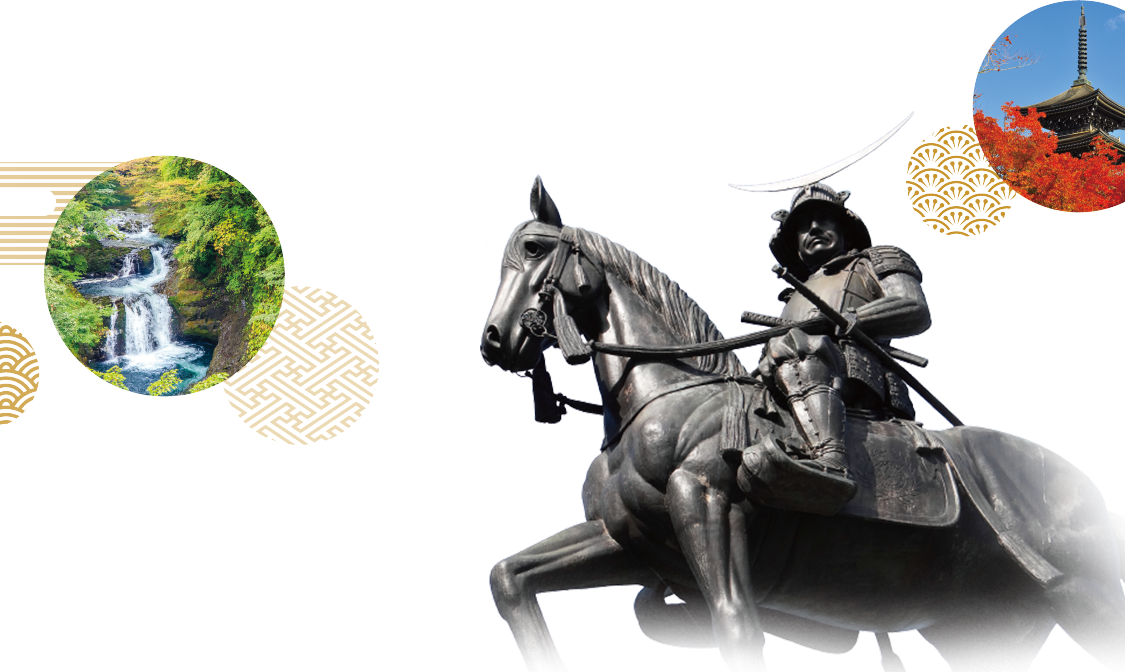
©2021 The 15th International Congress of the Asian Society Against Dementia



